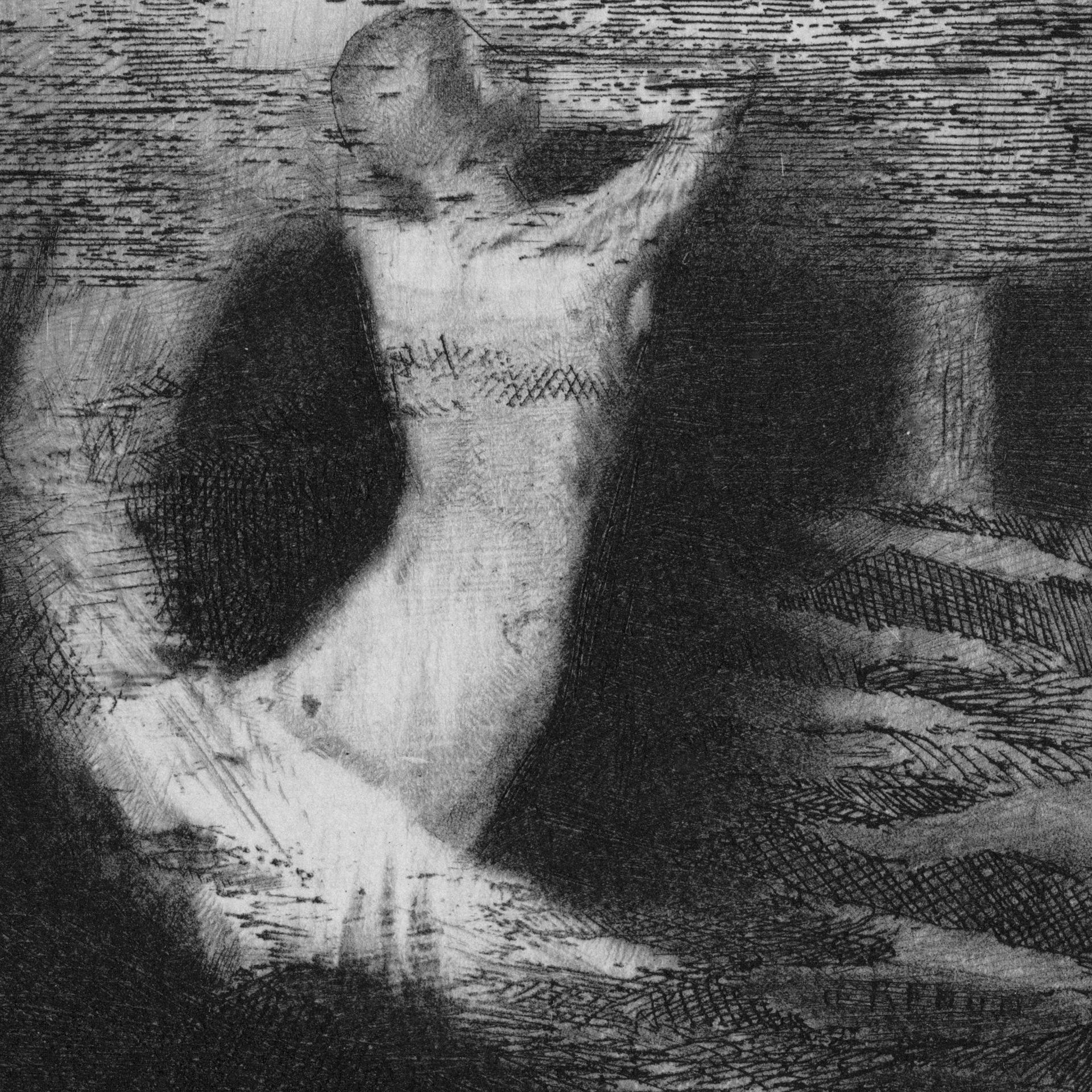By Suse McBay
•
November 13, 2025
I was struck by the lectionary reading this morning (Matthew 5:38-48). It's from the Sermon on the Mount, Jesus' most famous sermon, and includes the well-known "love your enemies and pray for those who persecute you" line (v.44). What struck me, though, was the rationale and following words Jesus says (v.45 onwards). You might want to read it for yourself (click here) and read my reflection on it below. Love your enemies. Pray for those who persecute you. And, v.45 says, you will be children of your Father in heaven. If we love our enemies, we are loving like God. Looking like God: becoming his children. But here's the thing: sometimes we talk about love of enemies in terms of trusting that "God will avenge." God will bring the justice, we just do the 'nice' bit. Judgement is God's domain, love is ours. But Matthew 5 doesn't say that! It says judgement is what we naturally do, whereas God more naturally shows generosity. [We might consider Hosea 11:9 which has a similar perspective: " I will not execute my fierce anger; I will not again destroy Ephraim; for I am God and no mortal, the Holy One in your midst, and I will not come in wrath." ] All that to say... if we want to step into the likeness of God, we will treat all people with the same love He shows. In Matthew 5, that's through providing sustenance. He shows generosity to those who are wicked as well as to those who are good: he provides rain for them to be able to farm, eat, and live a good life [ for rain as sustenance see Isaiah 55:10-11 ]. God blesses their livelihood. This is the “perfection” of this part of Matthew 5. To love friend and enemy the same. To provide for others, regardless of who they are. To show the same charity. Humanity. To not hold our enemies over a barrel until they believe what we believe. Or make decisions that we think they should make. It is not to love them because we know God will judge them, as though love of enemy were about holding our breath until 'they get what they deserve.' Jesus makes it clear: love of friend and family is not the love of the gospel: that is a human, natural love. A love that all possess. But to love enemies, those “other,” those who present a challenge to us and our way of life? That is to show the love of the Father. The love of Christ. The love revealed in the Cross. The love Christians are called to live out. It is, unquestionably, a harder love. It takes work to learn this perfect love. But it is the love we are now called to, as bearers of Jesus’ death and resurrection. No other love will do. ****** Photo by Piron Guillaume on Unsplash



